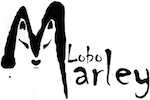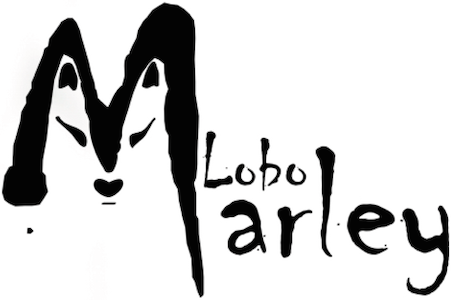Environmental technicians estimate that there are less than 45 wolves left in the Sierra de la Culebra. Marta Cruz and Carlos Soria claim that there are only 5 groups, and they have confirmed «the extermination » of an entire pack.
Marta Cruz, a biologist specialised in Zoology, and Carlos Soria, a forest and field technician, affirm that after the quota hunts in the Sierra de la Culebra, only « 3 groups of assured reproduction, a group of probable reproduction and a group without evidence of reproduction remain».
Overall, this means that, if we are optimistic, the number of wolves that prey on within the most typically characteristic wolf territory in the country is between 30 and 45. Moreover, they further confirm the complete extinction «of an entire pack», which « was exterminated 6 or 7 years ago due to the apparent conflict with the local cattle herd in Villardeciervos» .
This is the result of a study on «Estimation of the Iberian wolf population (Canis lupus signatus) in the protected natural space of Sierra de la Culebra, which was developed between July and September of 2013, having carried out a total of 52 days of field work».
They require in relation to this issue that, in a comparative manner, it takes as reference a minimal census effort of 20 Kilometres of tracing on foot per 100 Square Kilometres (Sáez de Buruaga 2012), in his study, the projection was 25.92 Kilometres per 100 Square Kilometres, which represented an increase in sampling effort of 29.6%».
Furthermore, they show that « quantifying the number of wolves is impossible if accurate scientific methods are used extensively, such as follow-up by radio or camera traps. Otherwise, the numbers can be overestimated ».
Carlos Soria enphasises «the complexity » of identifying the number of wolves by their footprints, excrements and other signs, or by their « howling chorus», as the latter do not enable the identification of the real number because not all of them participate or because they cannot be on the same spot at the same time.
Regarding excrements, he also questions if the findings are reliable and give testimony of the full pack or just of some of its members. In their opinion and taking into account their findings, they presume that «currently, efforts are being carried out so that it is not colonized again in this territory». It was a study carried out « without any financial aid and costs were partially met through an educational cooperation agreement between the Universidad Complutense of Madrid, and the Sierra de la Culebra Project».
The authors of this census, whose findings will be published in a scientific journal, say that with their work «they are trying to determine and update» the information on the number of reproductive groups of the Iberian Wolf that are distributed within the natural protected space of Sierra de la Culebra. To this end, they divided the Sierra de la Culebra «in 33 grids of 25 square Kilometres, within which 77 transects were designed, having found a total of 335 excrements, 118 footprints/traces and 25 scratches».
Castilla y León’s public administration is currently dissecting the regional census for this species, which has been carried out by members of the regional administration’s staff. Their findings are expected to be published during the first semester of 2014. According to the Department of Development and Environment, « this study can be framed within the national census for this species, which is coordinated by the Ministry of Agriculture, Food and Environment along with all the autonomous communities. This has the aim of establishing a unique methodology for the census in order to avoid possible mistakes in the adjudication of groups that may be bordering different autonomous communities. In this way, information about the nearby packs is not duplicated ».
The development of this Wolf census, is subjected to real controversy by the very experts in this field regarding the need for «independence», so that manipulation and misunderstandings that attempt to decrease or exagerated wolf population due to potencial conservation or hunting conflicts are avoided.
The very author of such census points out that he was warned about « a public fine» for travelling around the place « without authorization». Recently, sources from la Guardería estimated the population in La Culebra «around 9 or 10 packs (90 individuals), along with two or three itinerant groups». This is « an atrocity», according to Soria.
The last reference census was carried out for Castilla y León’s public administration between 2000 and 2001, through the technical assistance provided by the U.T.E.A.RE.NA.
Asesores en Recursos Naturales S.L. and Consultores en Biología de la Conservación S.L. (Llaneza and Blanco, 2001). This study resulted in the identification of 149 reproductive packs or groups within Castilla y León (107 assured and 42 probable). Its authors estimated that the real number could reach 180 packs. Population was estimated in 1,000-1,500 wolves. In the Review Plan Document for the Wolf, whose period for allegations’ has already concluded, it is pointed out that the province of Zamora has 40 groups, 8 of them with probabilities of reproduction in 2012.




